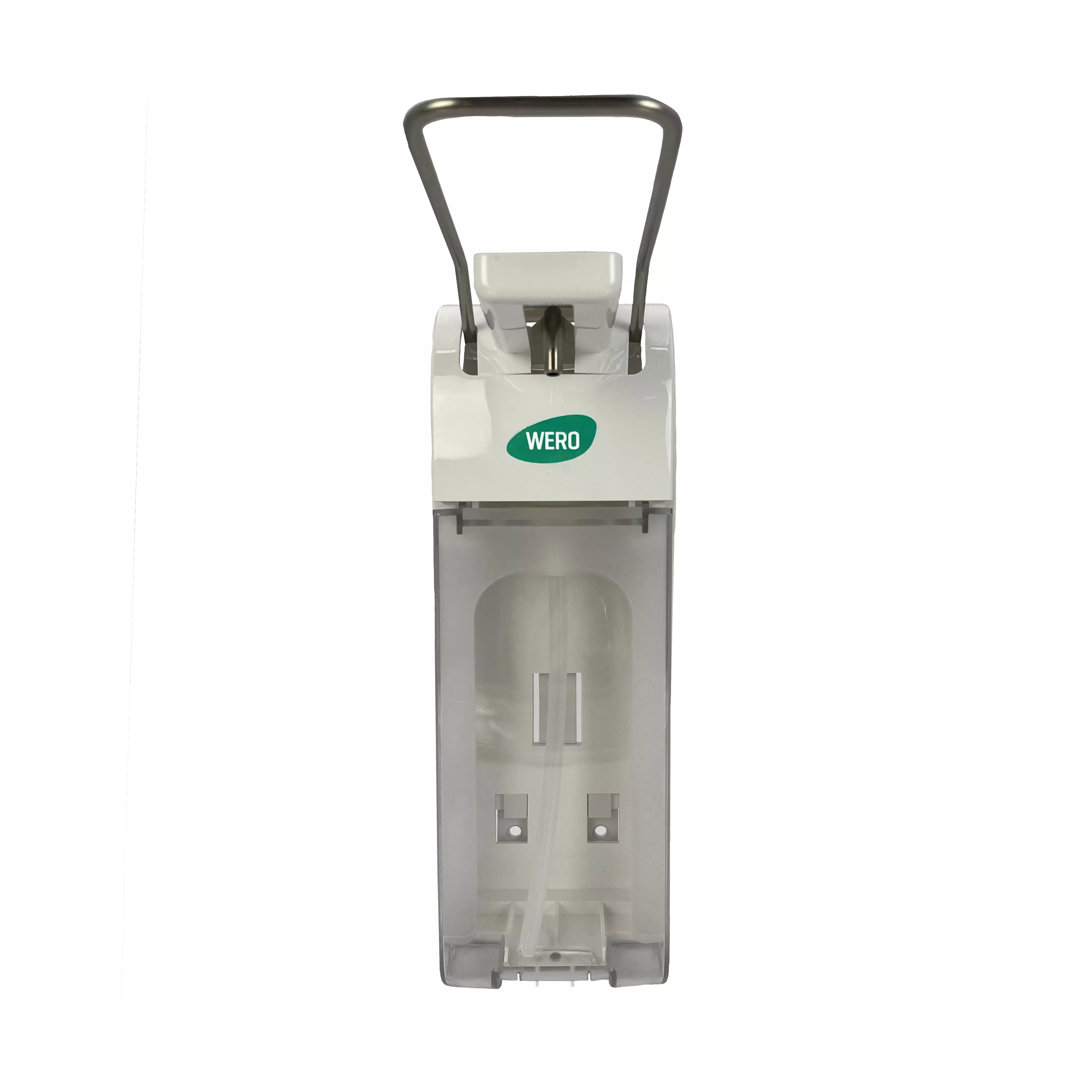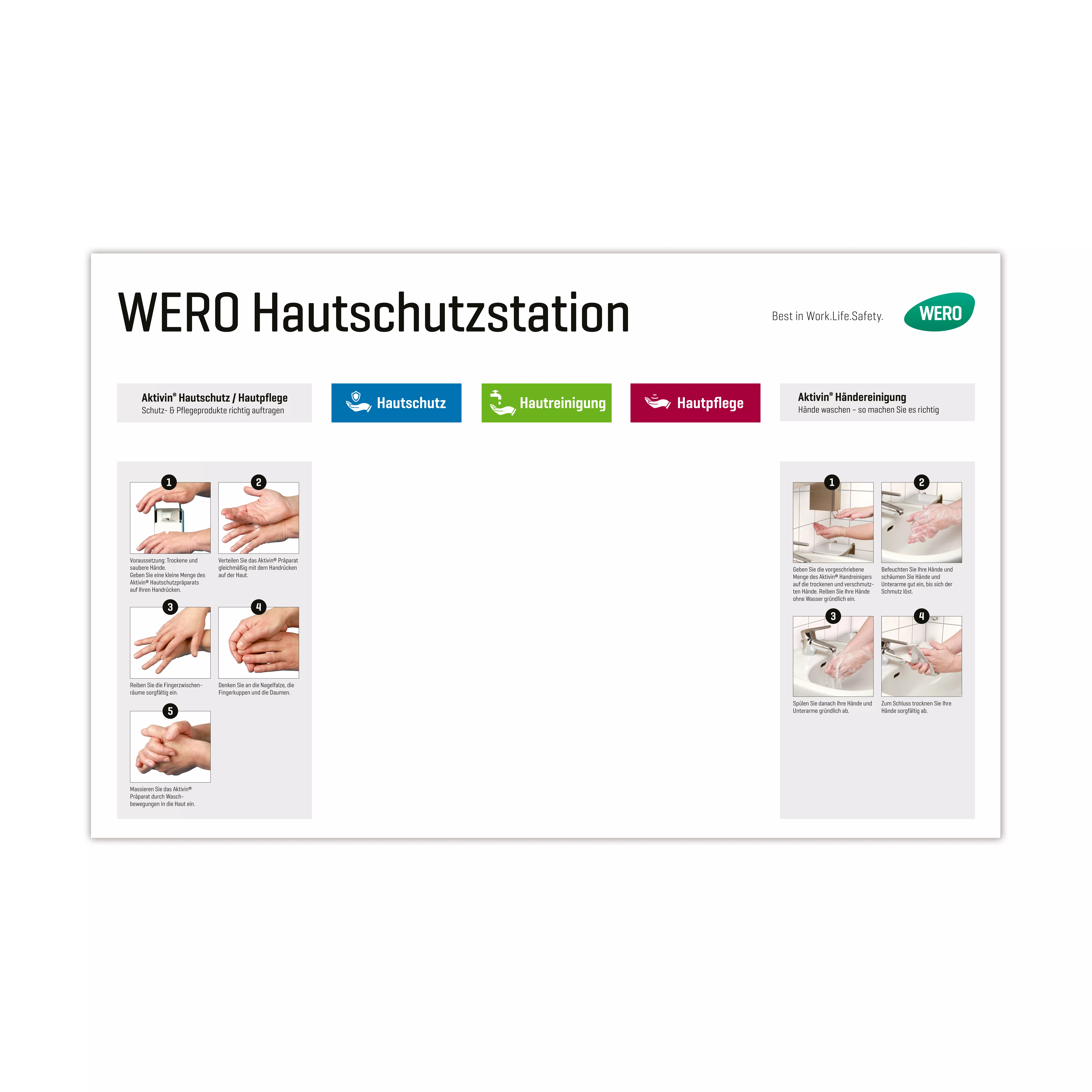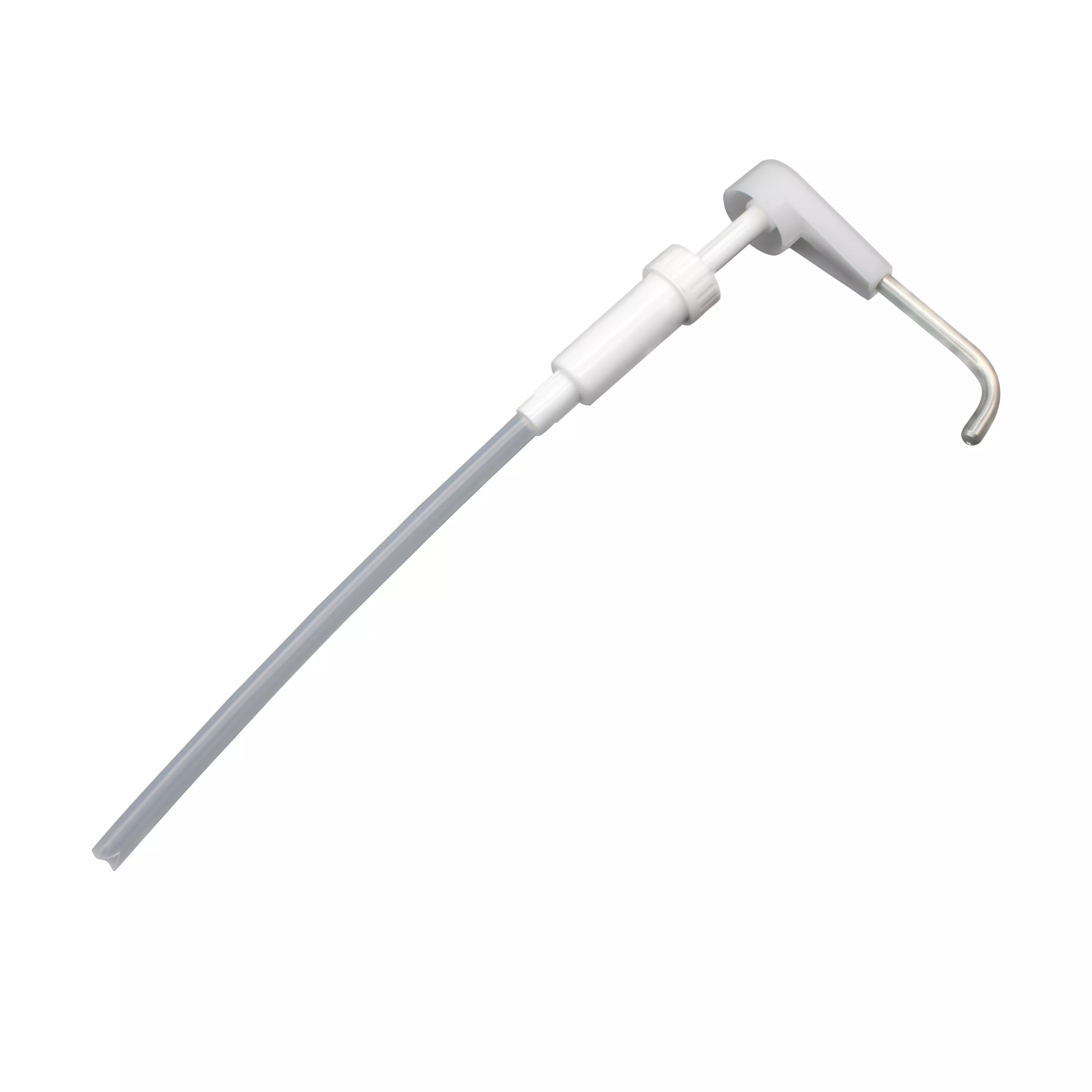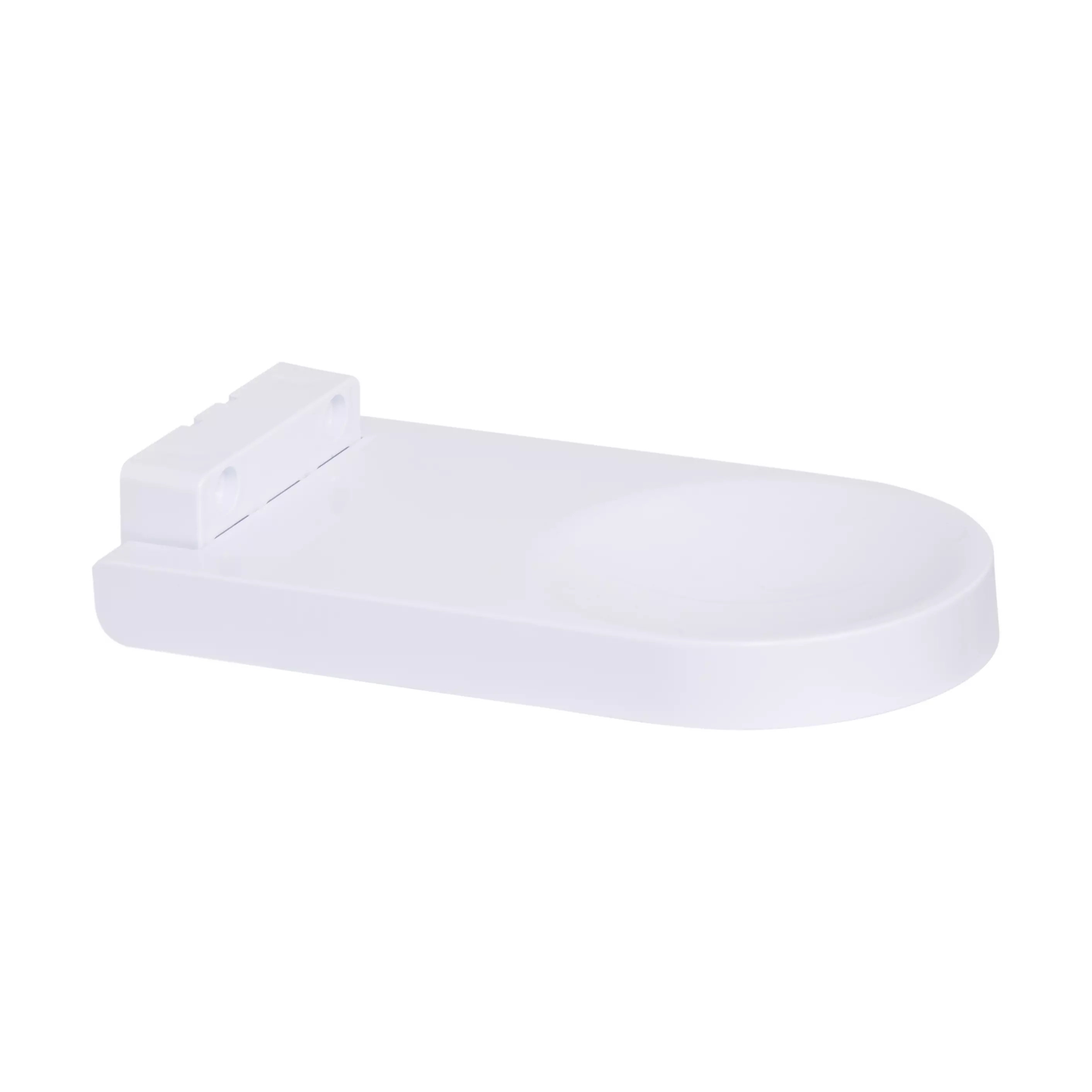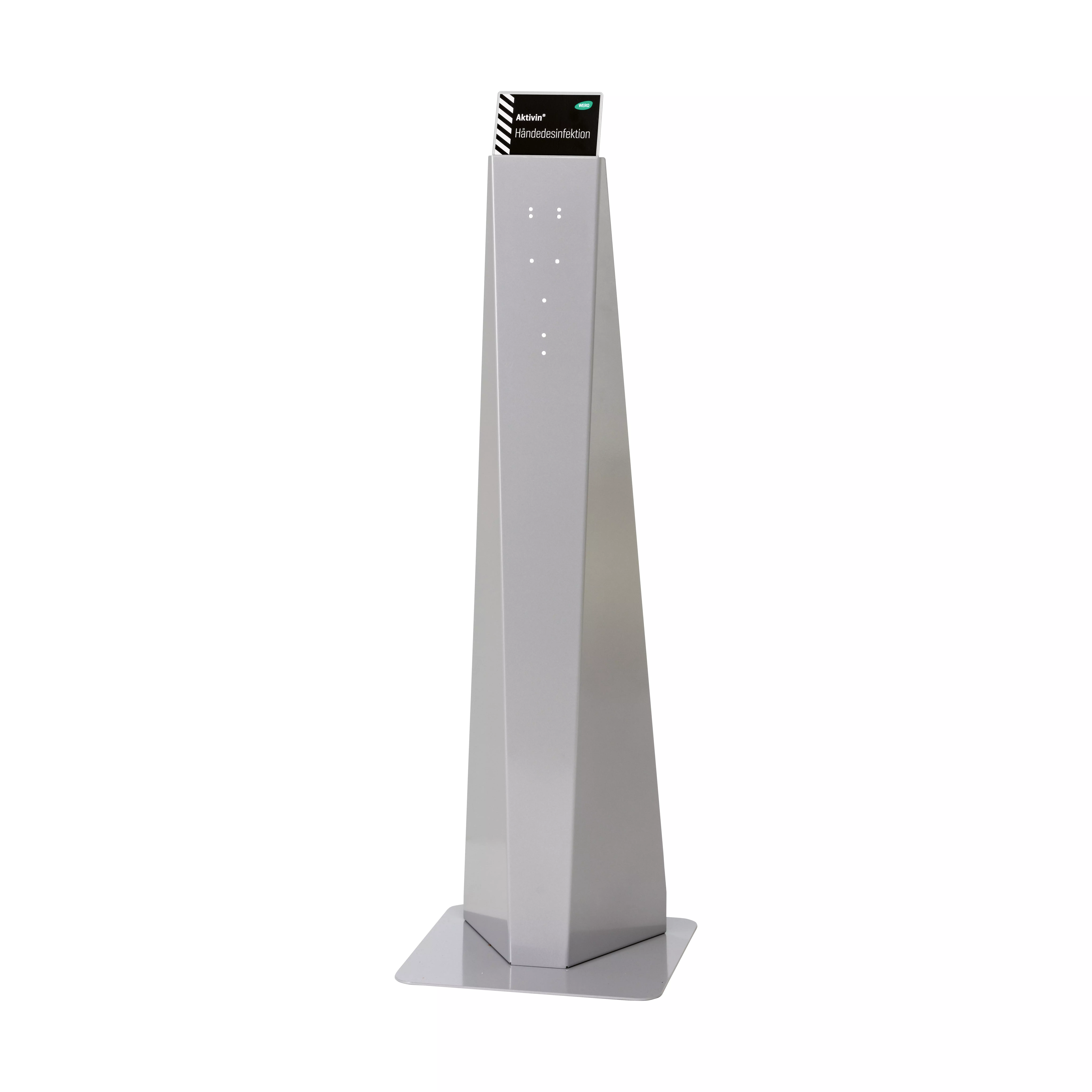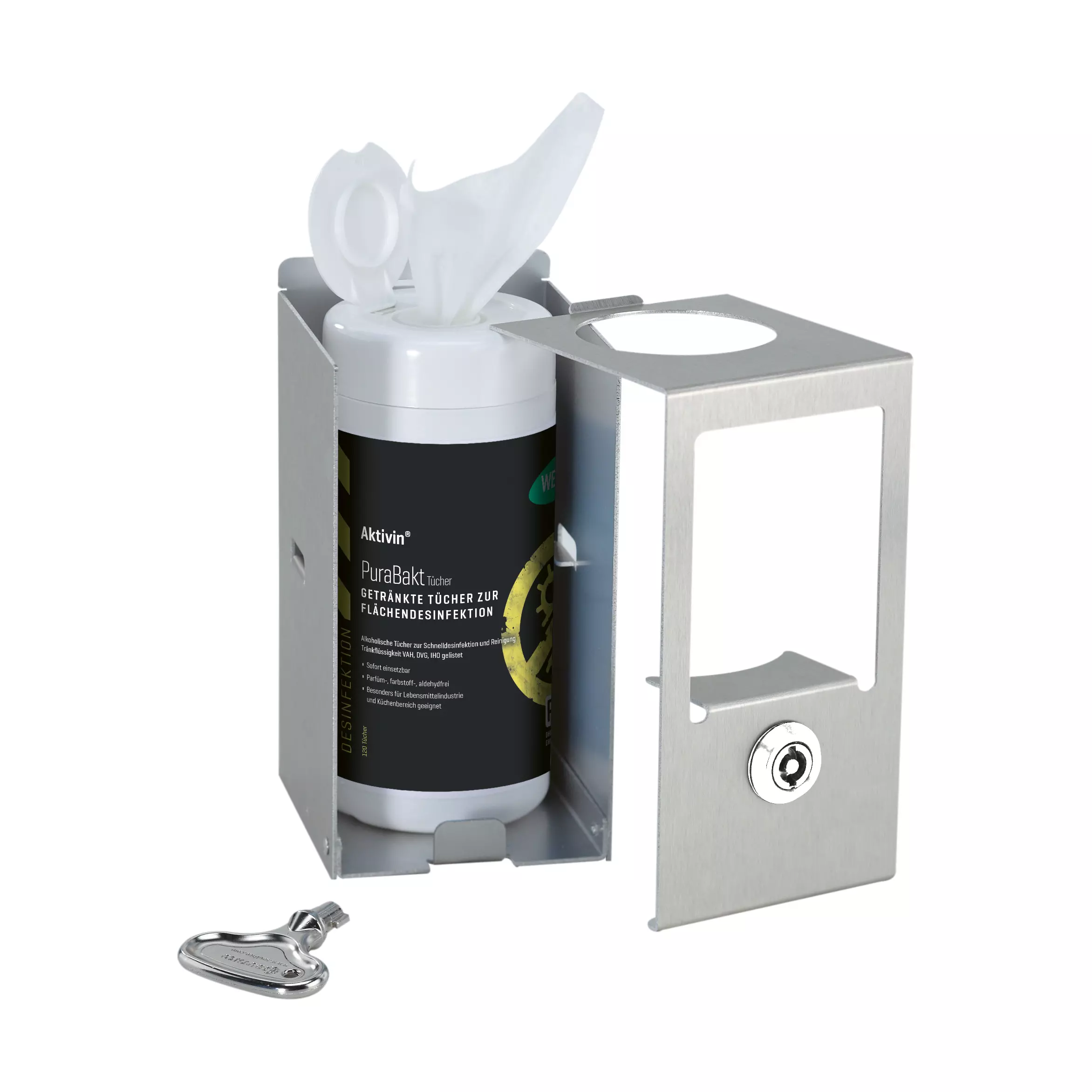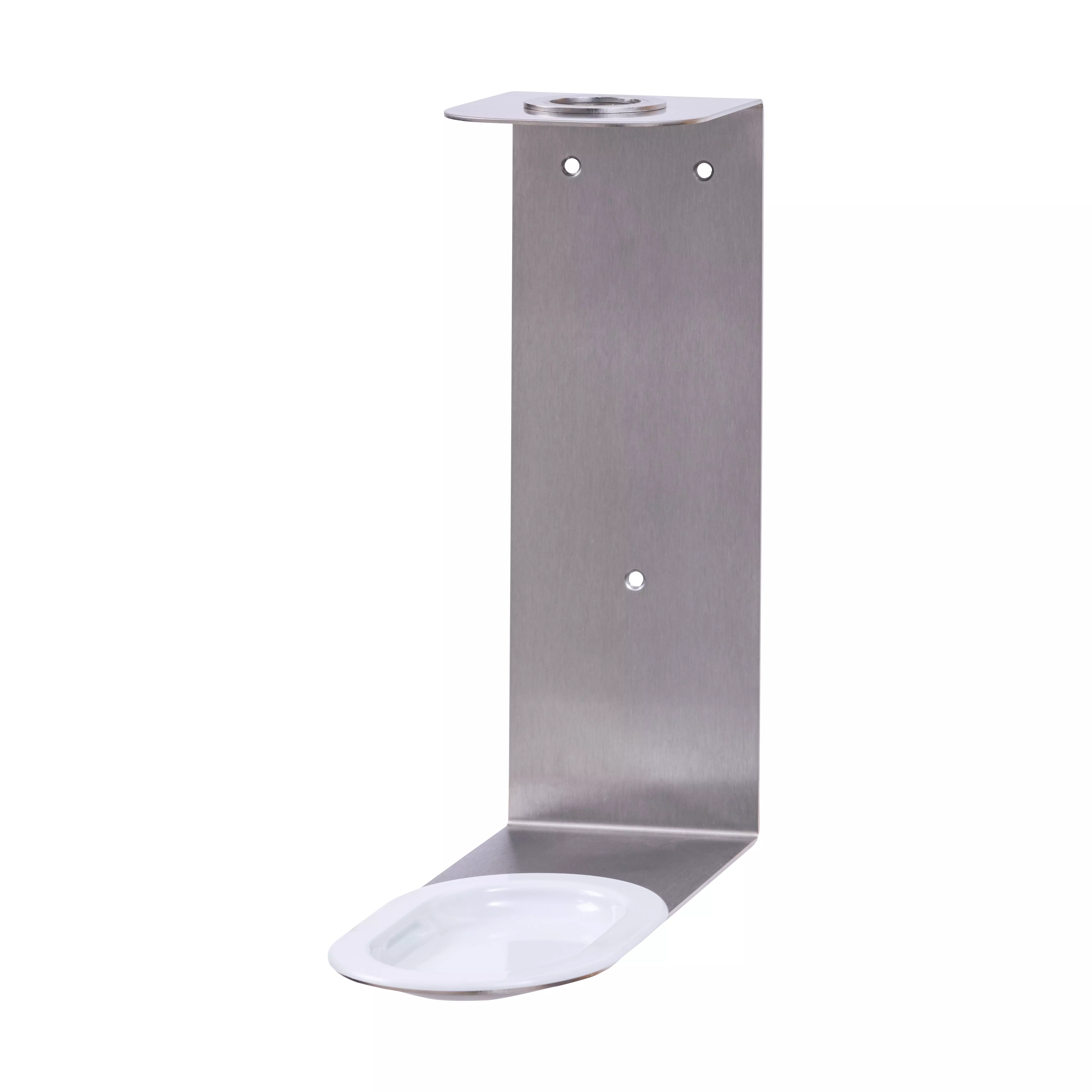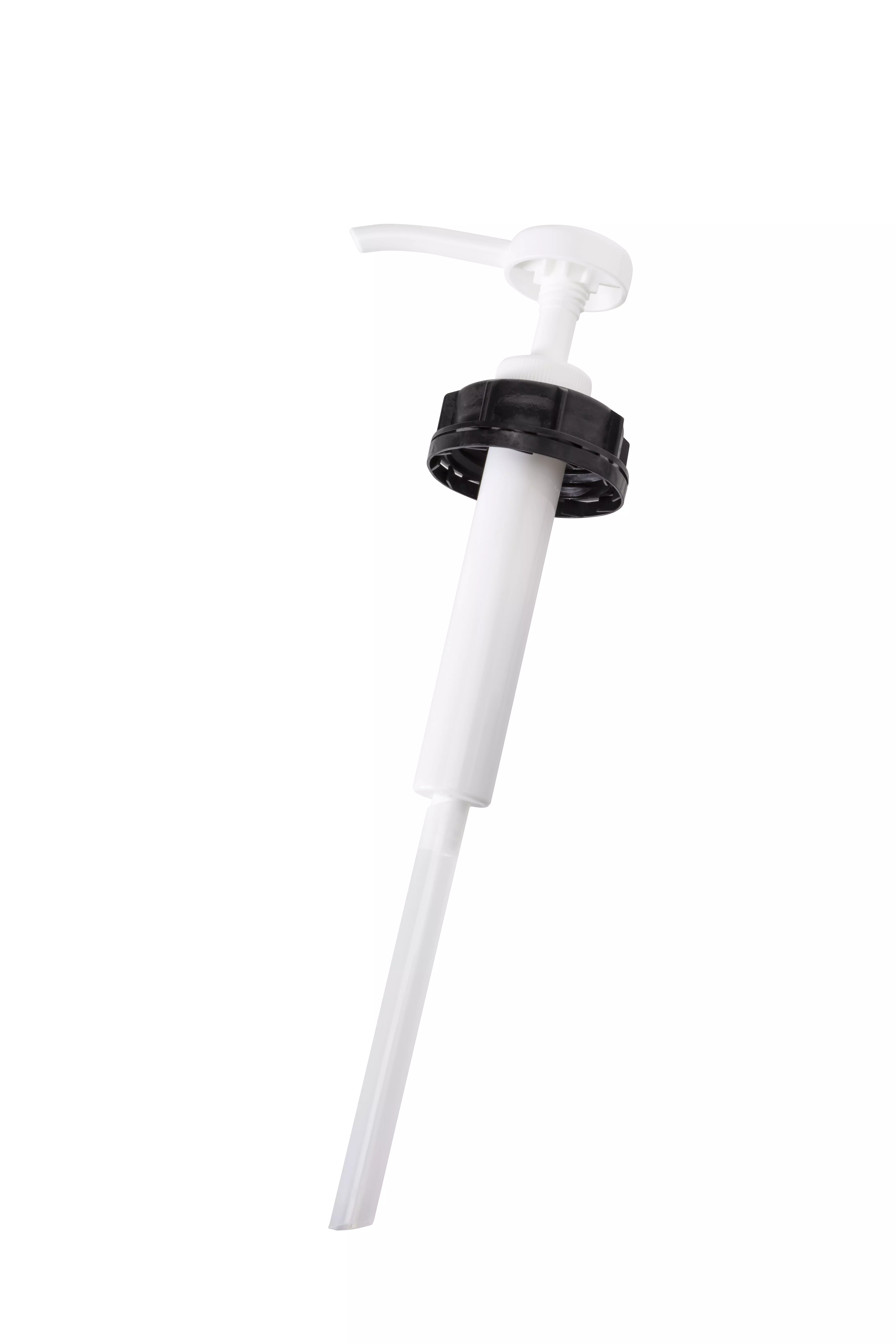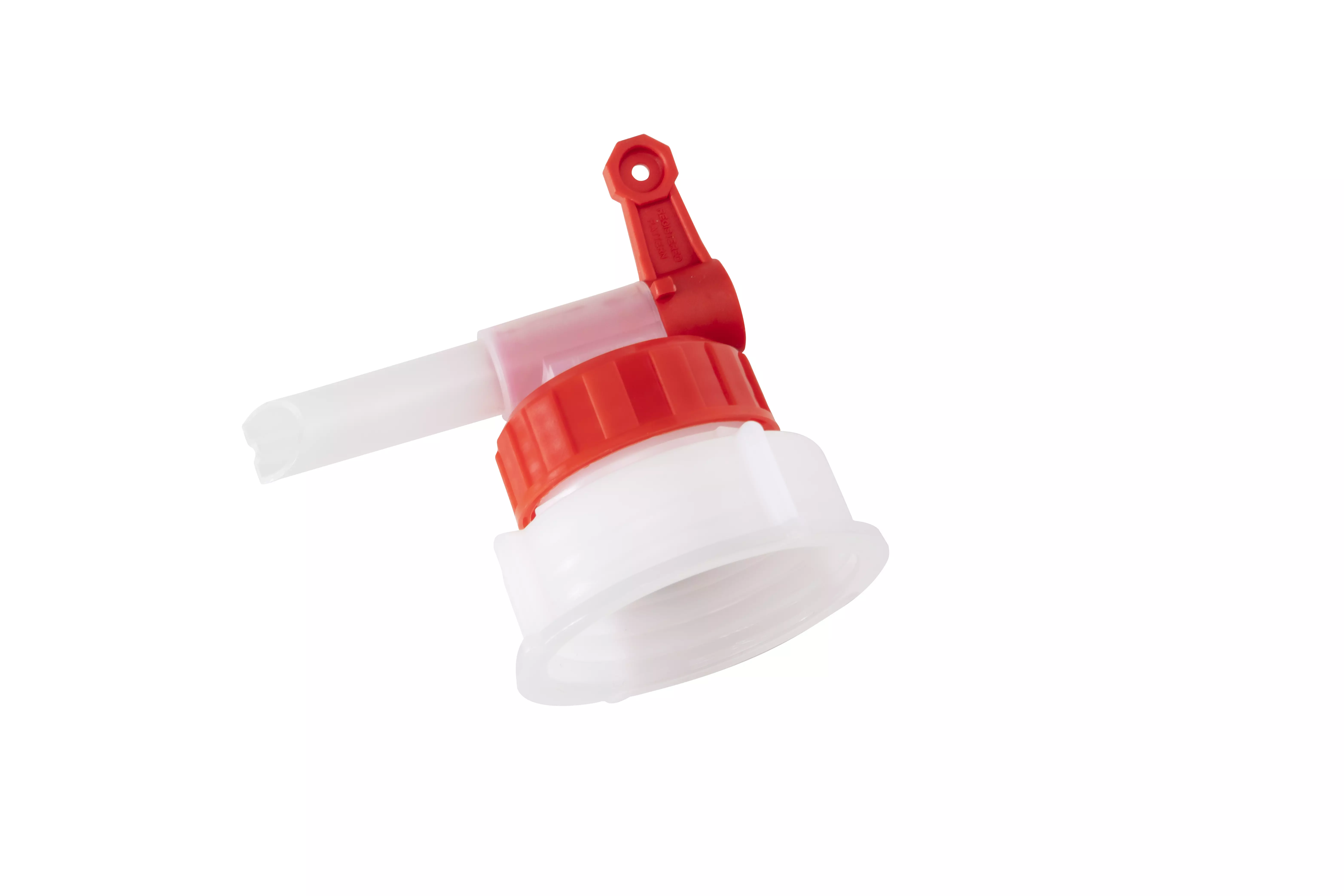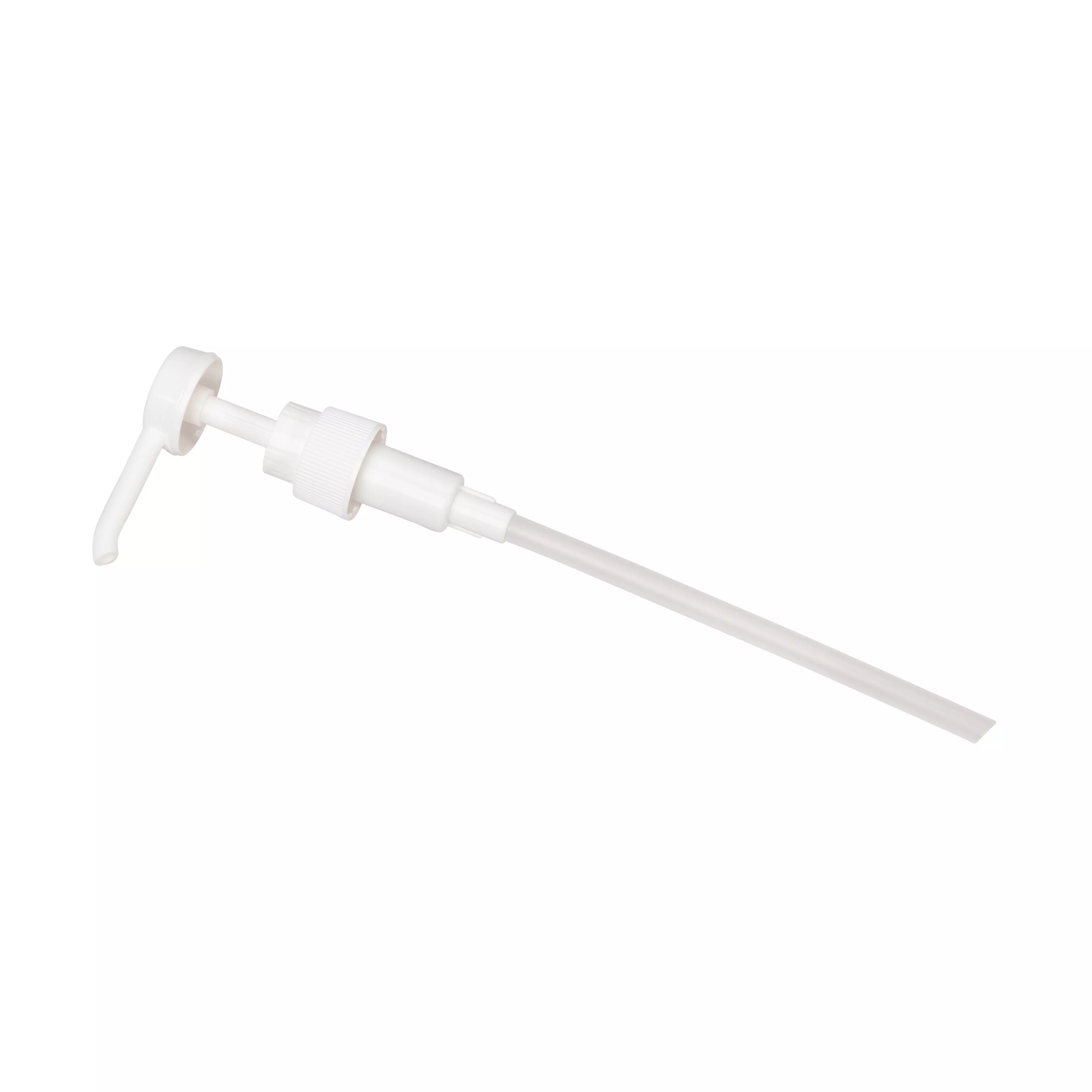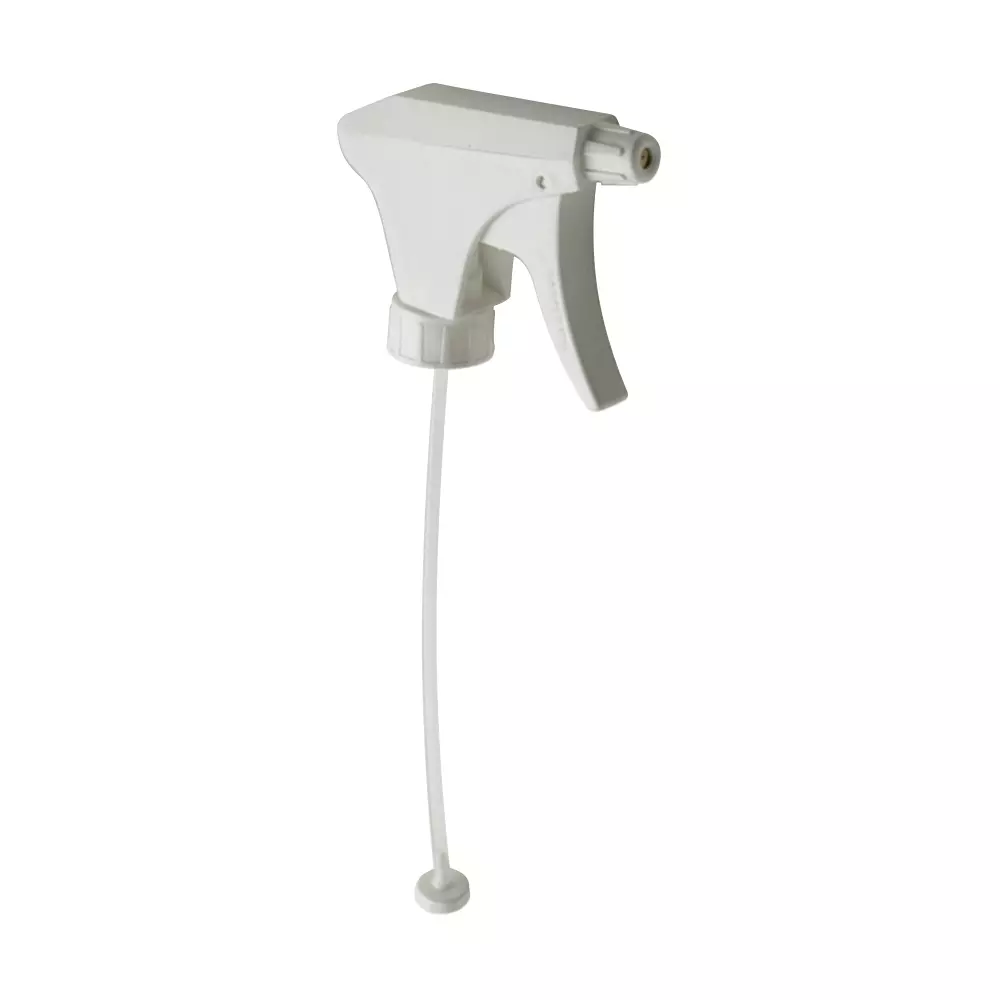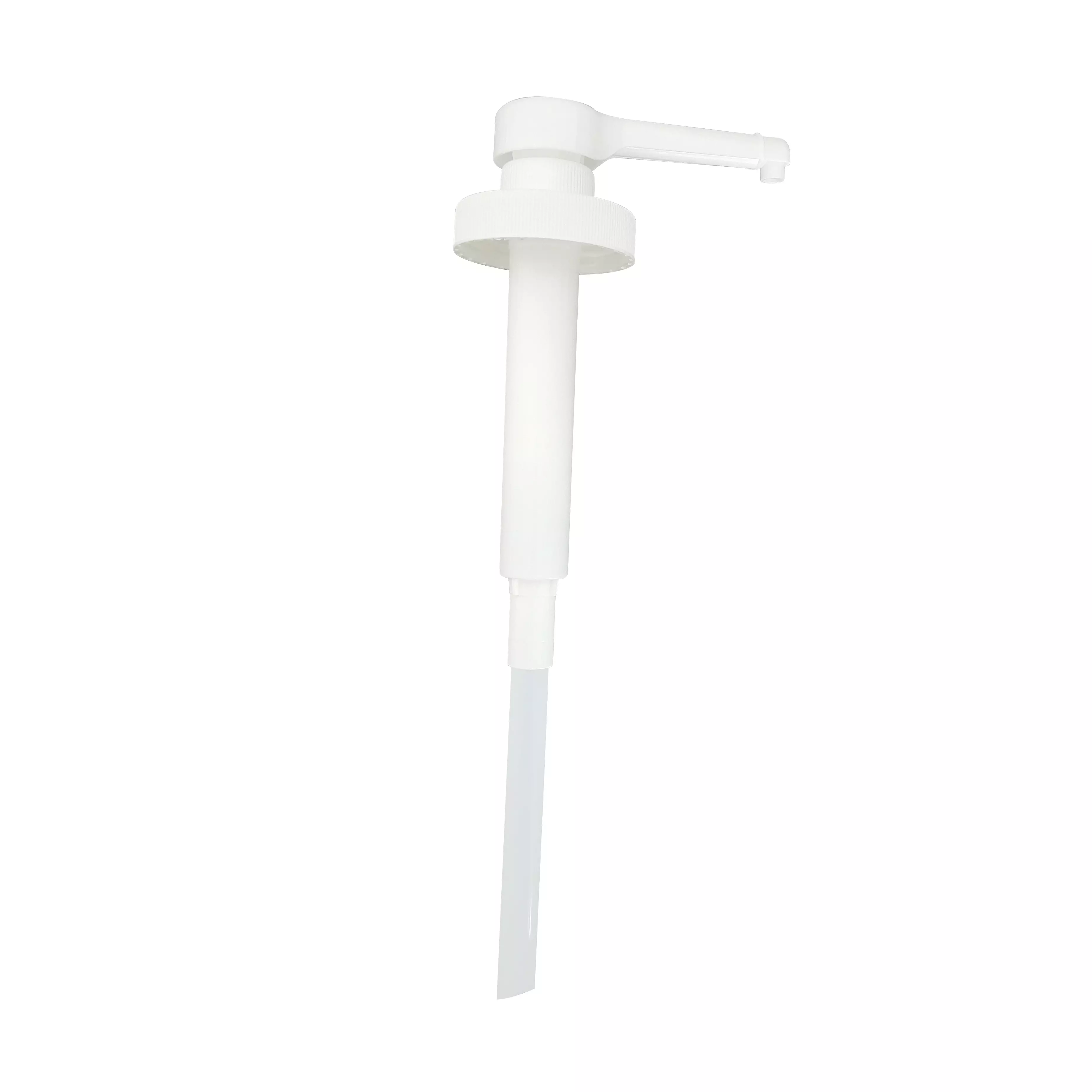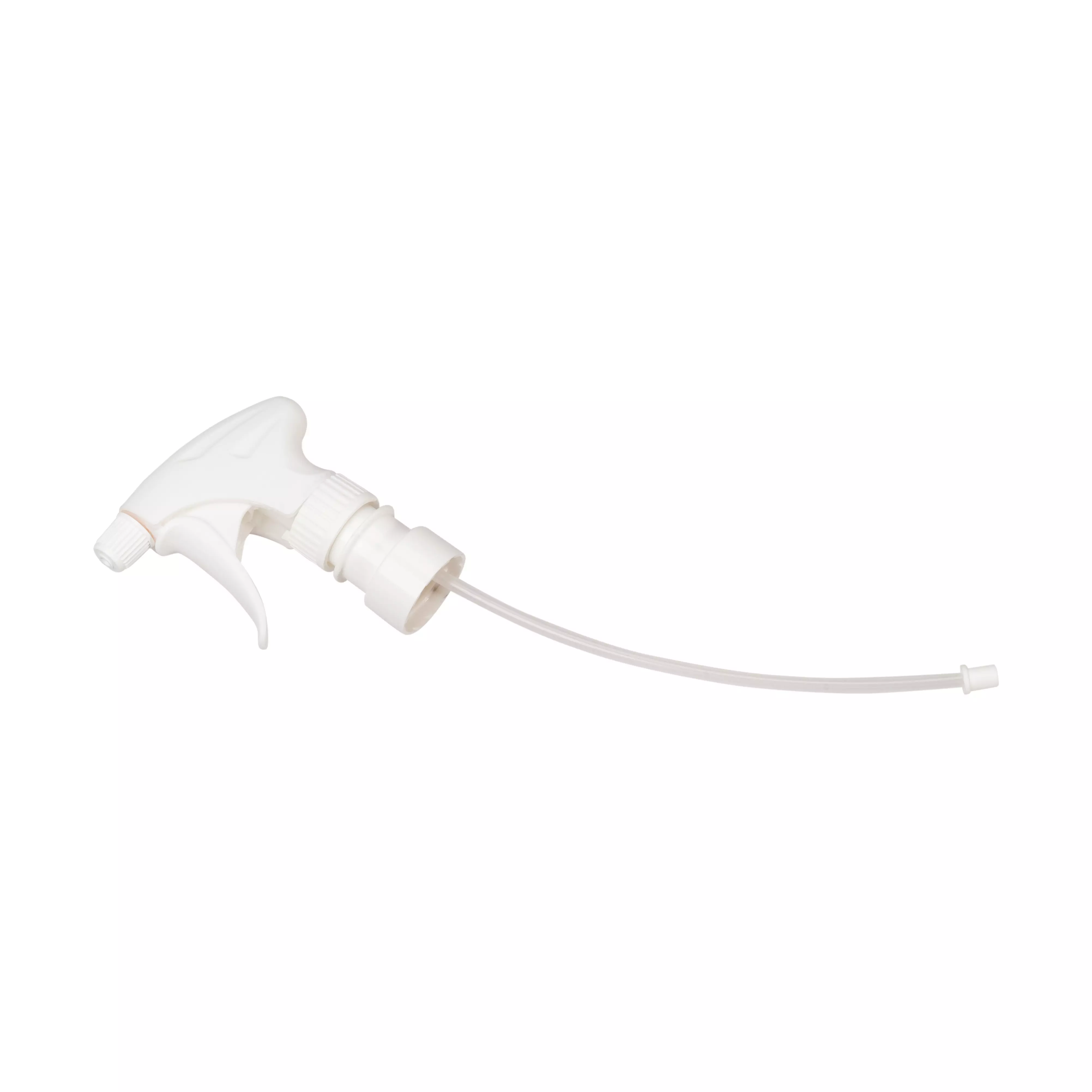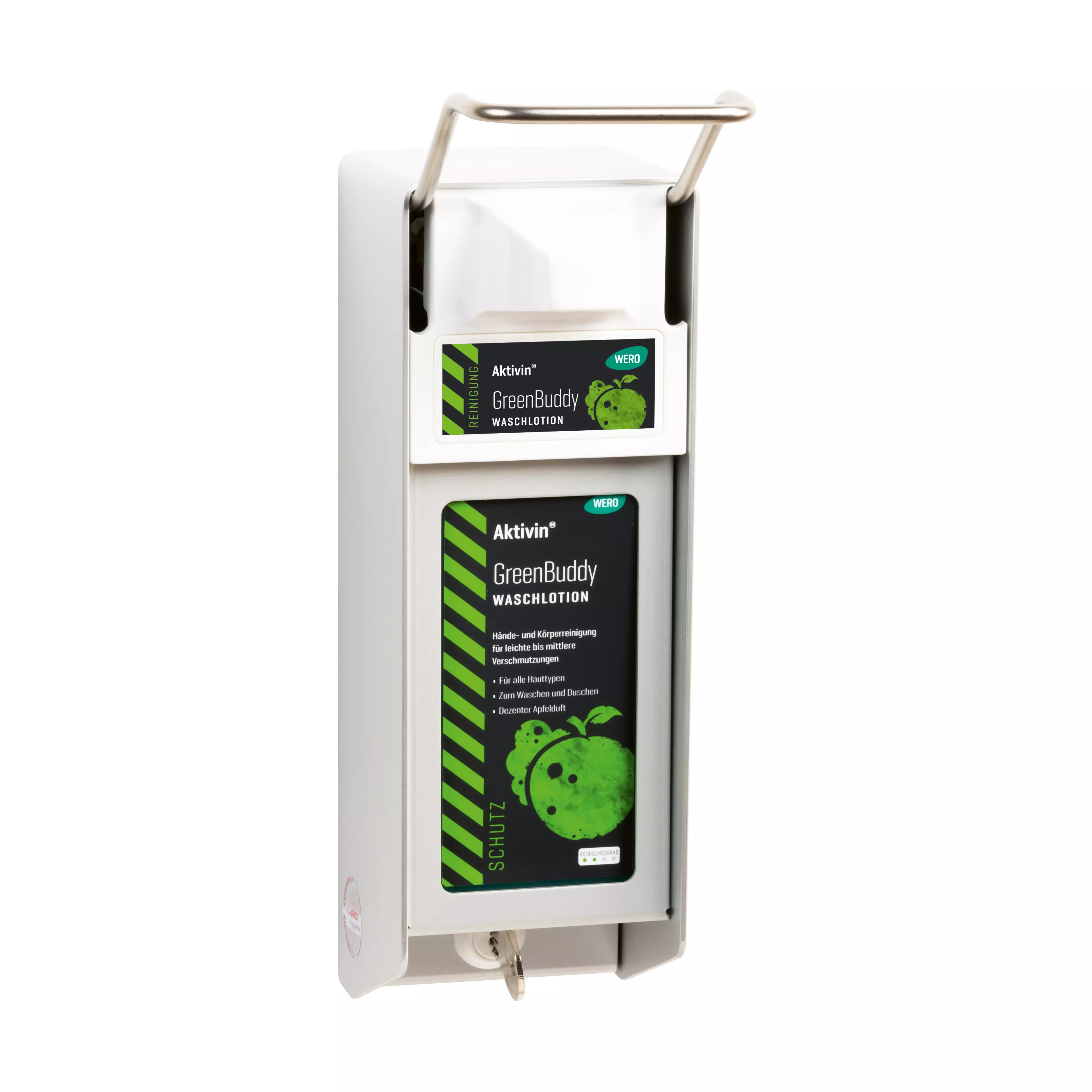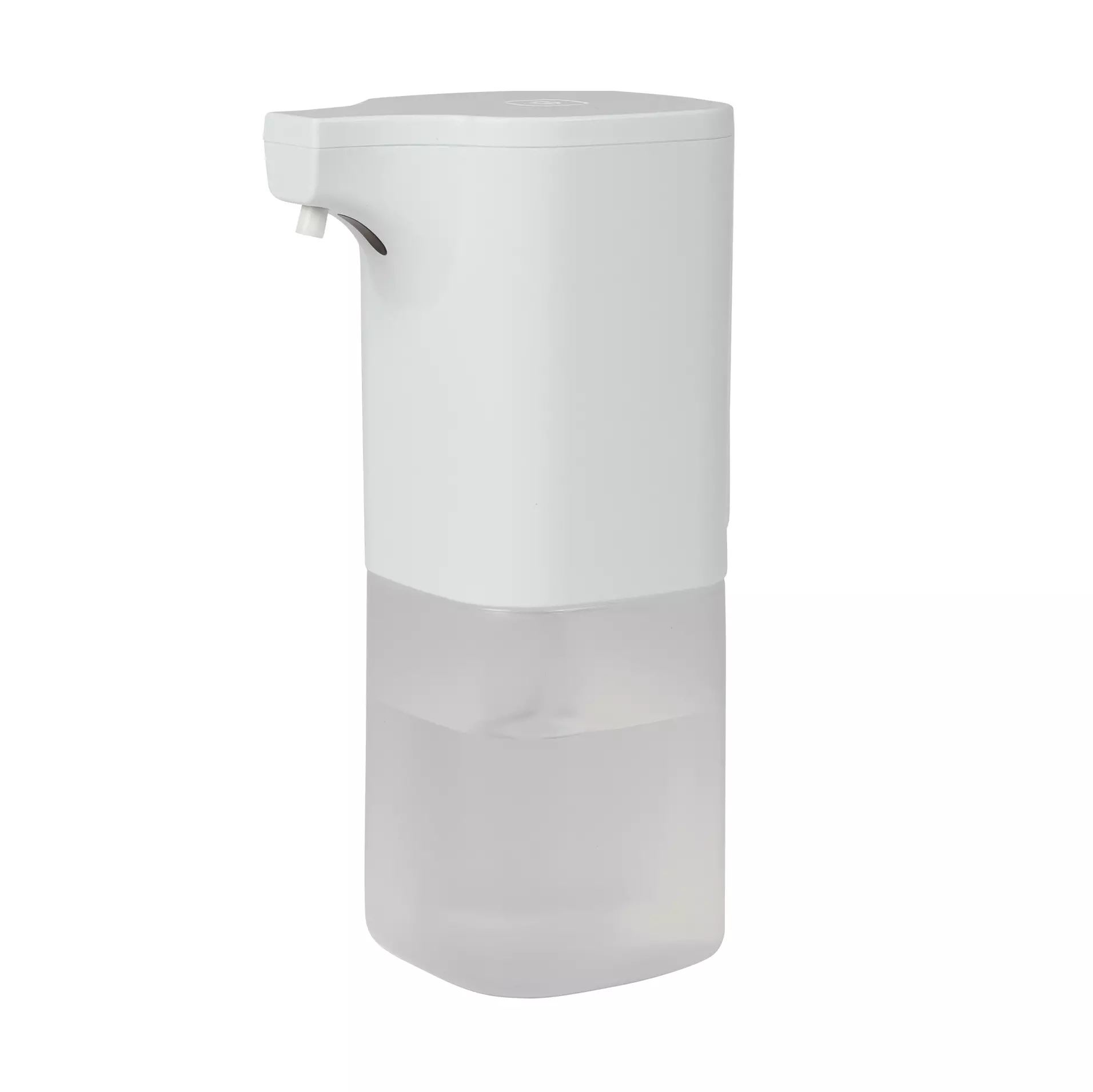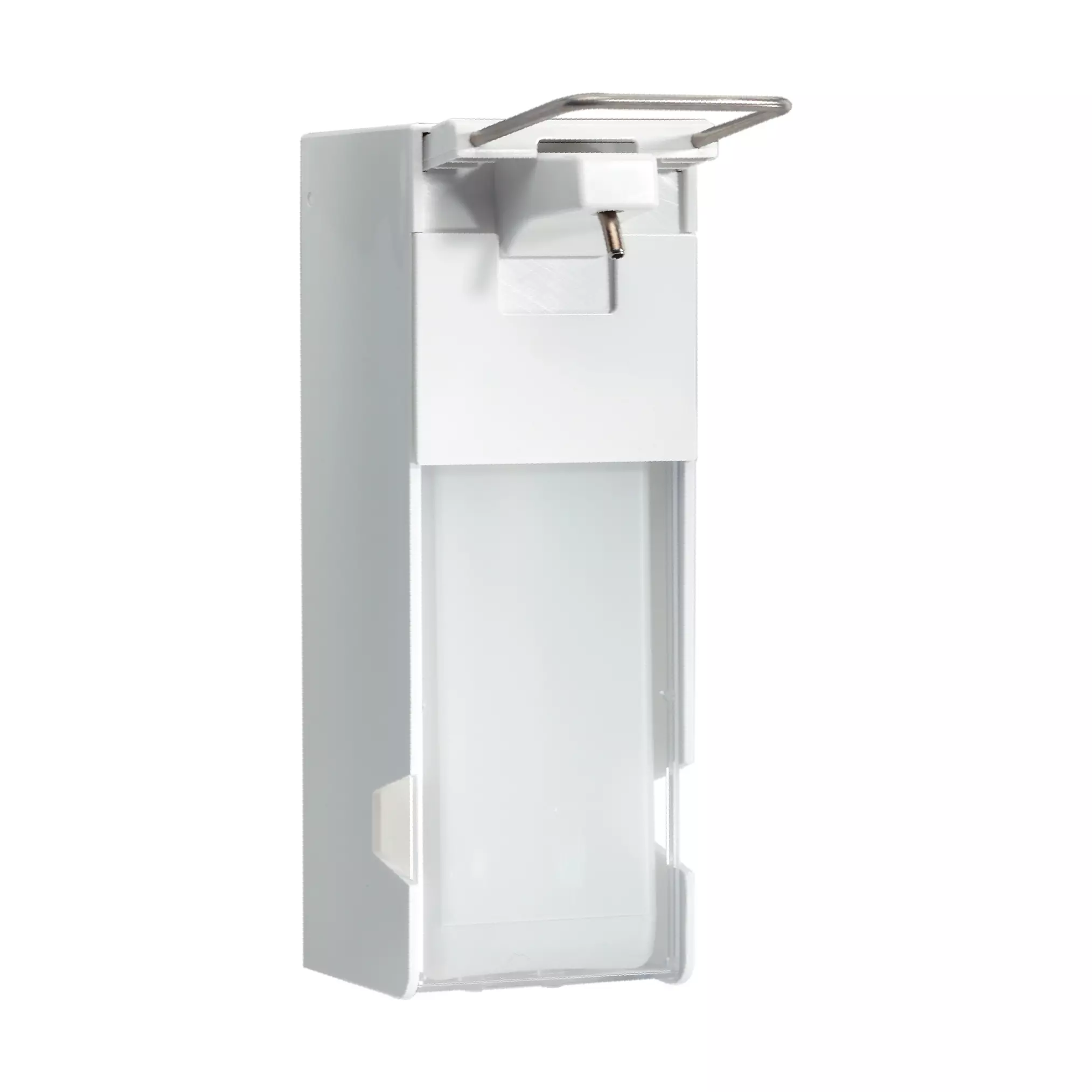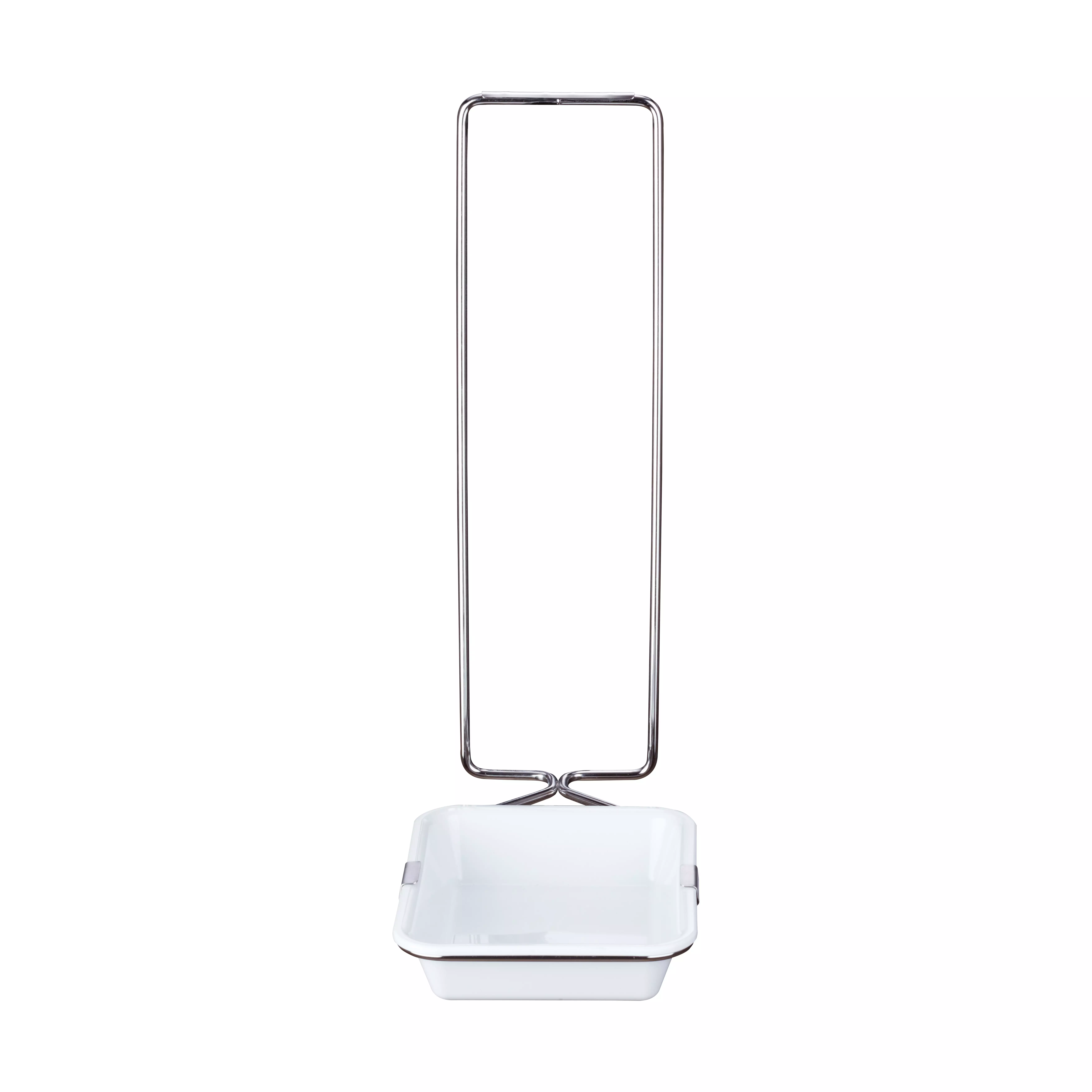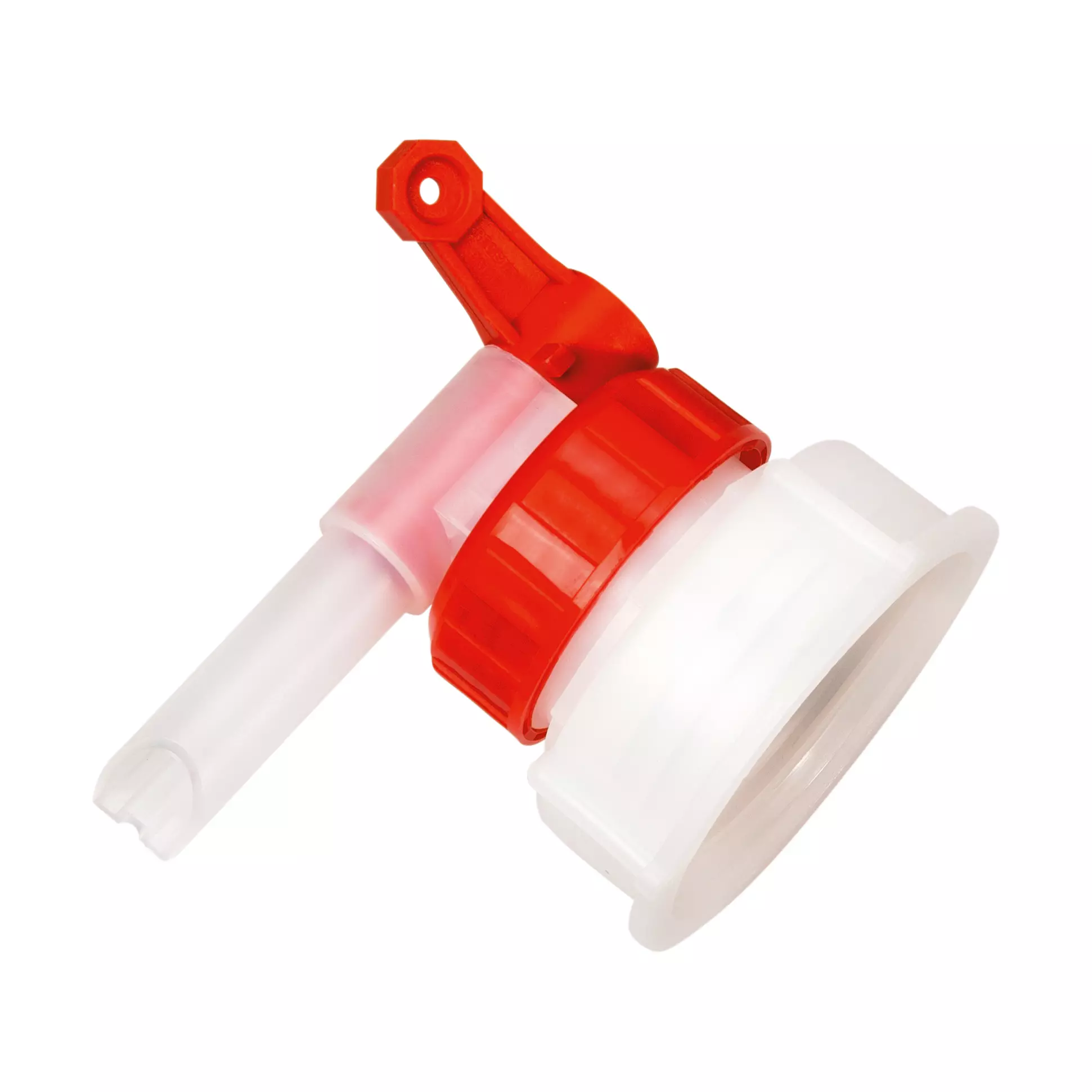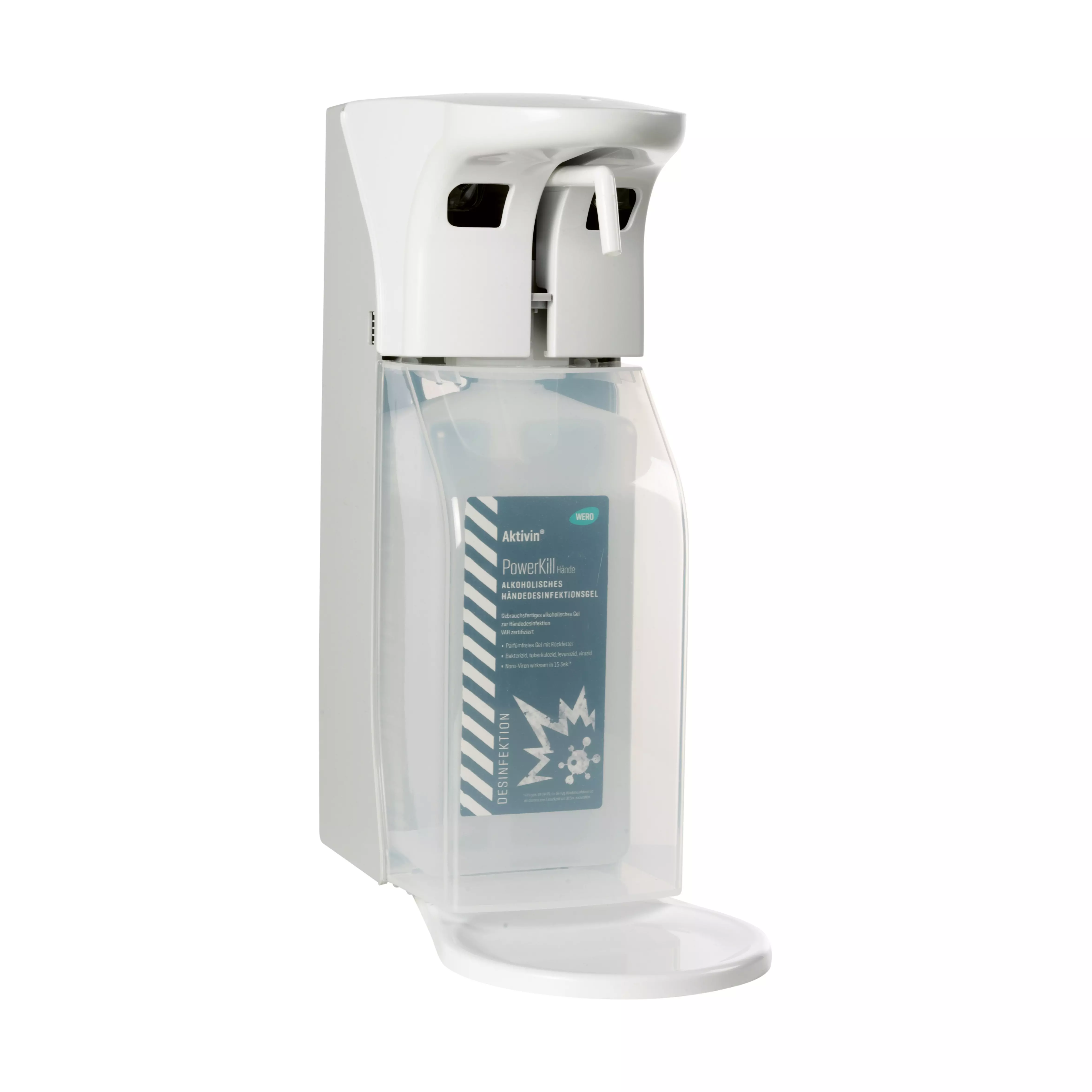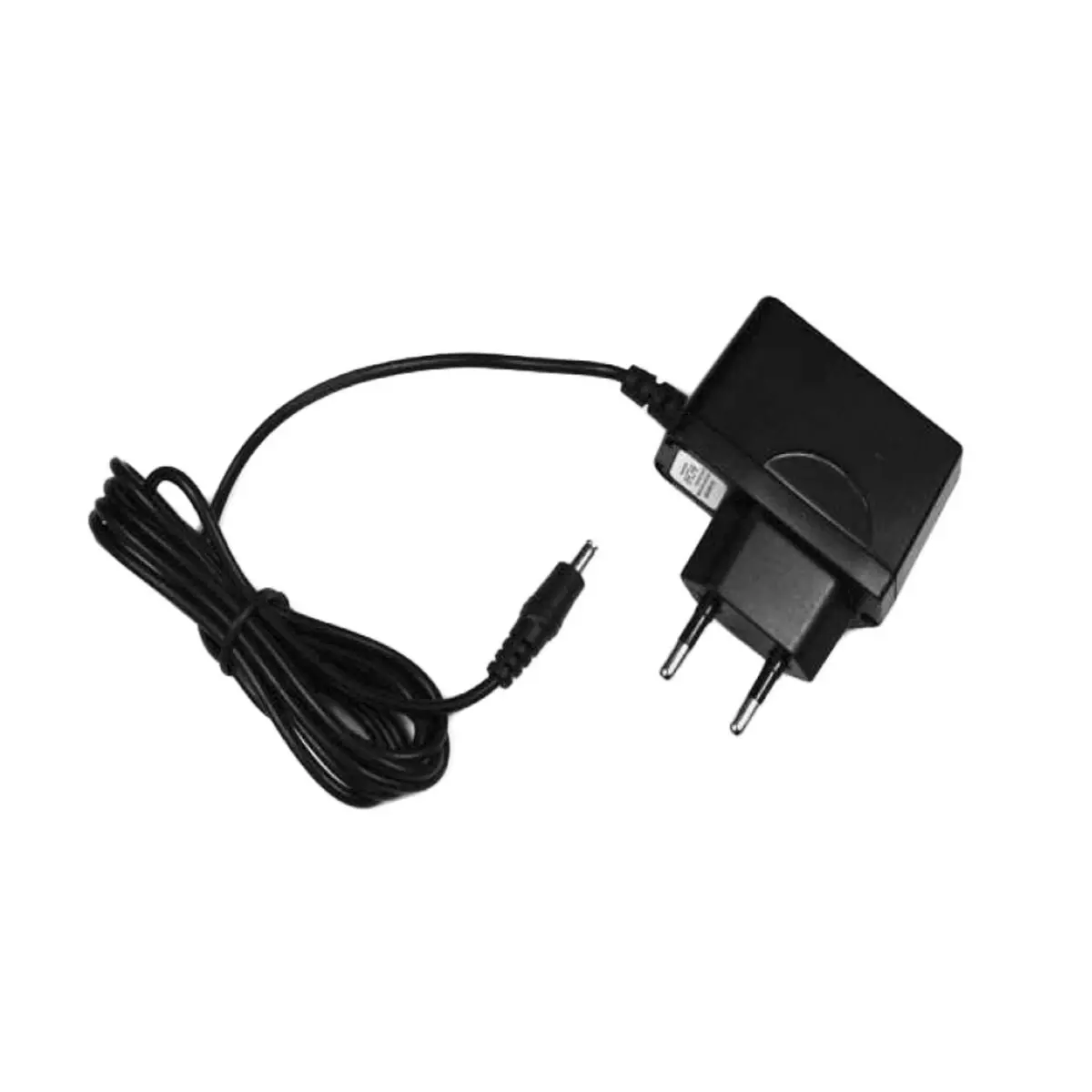Buy dispenser systems
Available, delivery time: 1-3 days
Available, delivery time: 1-3 days
Available, delivery time: 1-3 days
Available in 12 days, delivery time 1-3 days
Available, delivery time: 1-3 days
Available, delivery time: 1-3 days
Available, delivery time: 1-3 days
Available, delivery time: 1-3 days
Available, delivery time: 1-3 days
Available, delivery time: 1-3 days
Available, delivery time: 1-3 days
Available, delivery time: 1-3 days
Available, delivery time: 1-3 days
Available, delivery time: 1-3 days
Available, delivery time: 1-3 days
Available, delivery time: 1-3 days
Available, delivery time: 1-3 days
Available, delivery time: 1-3 days
Available, delivery time: 1-3 days
Available, delivery time: 1-3 days
Available in 12 days, delivery time 1-3 days
Dispenser systems in the WERO online shop
Automatic and manual dispens er systems for washing pastes, liquid soaps, disinfectants and lotions.
A professional and harmonised skin protection concept can only be effective if it is quickly and easily accessible to the user. Regardless of whether it is a matter of protecting, cleaning, disinfecting or caring for the skin. Suitable dispenser systems ensure the correct dosage as well as hygienic and economical dispensing of the products.
Which cleaning and care products are the dispenser systems suitable for?
The type of filling always depends heavily on the dispenser system selected. A dispenser system cannot necessarily be filled with all liquids. Special dispenser systems for washing pastes should not be filled with liquid soap, as the liquid soap may run out of the outlet tap. The suction pipe in a dispenser system for washing pastes is also significantly thicker than in dispenser systems for liquid soaps or disinfectants.
The situation is similar with dispenser systems that are specially designed for liquid soaps and disinfectants. Filling more viscous products, such as washing paste, can clog the thinner suction tube.
When choosing a dispenser system, always pay attention to the corresponding labelling. Are you unsure about which soap dispenser to choose? No problem! Let us advise you free of charge.
How do dispenser systems work?
With manual dispenser systems, a lever must be operated by hand or elbow. When using the dispenser for the first time, the lever must be pressed a few times until the dispenser dispenses - by pressing it several times, the liquid in the dispenser system is pumped up, resulting in a constant flow with each subsequent pump.
With most manual dispenser systems, the desired dispensing quantity can be set. The desired dispensing quantity can be set by turning the dispensing wheel. The range is 0.5 ml per stroke to 1.5 ml per stroke.
In automatic dispenser systems, flowable soap and disinfectant are dispensed using a removable suction pump. Depending on the dispenser, the dosing quantity can be changed by adjusting the settings on the pump. The dispenser uses sensors and control electronics to recognise a hand approaching the outlet from below and then automatically carries out the pumping process or pump stroke. It is best to form a small hollow with your hand and then hold it approx. 4 cm below the outlet.
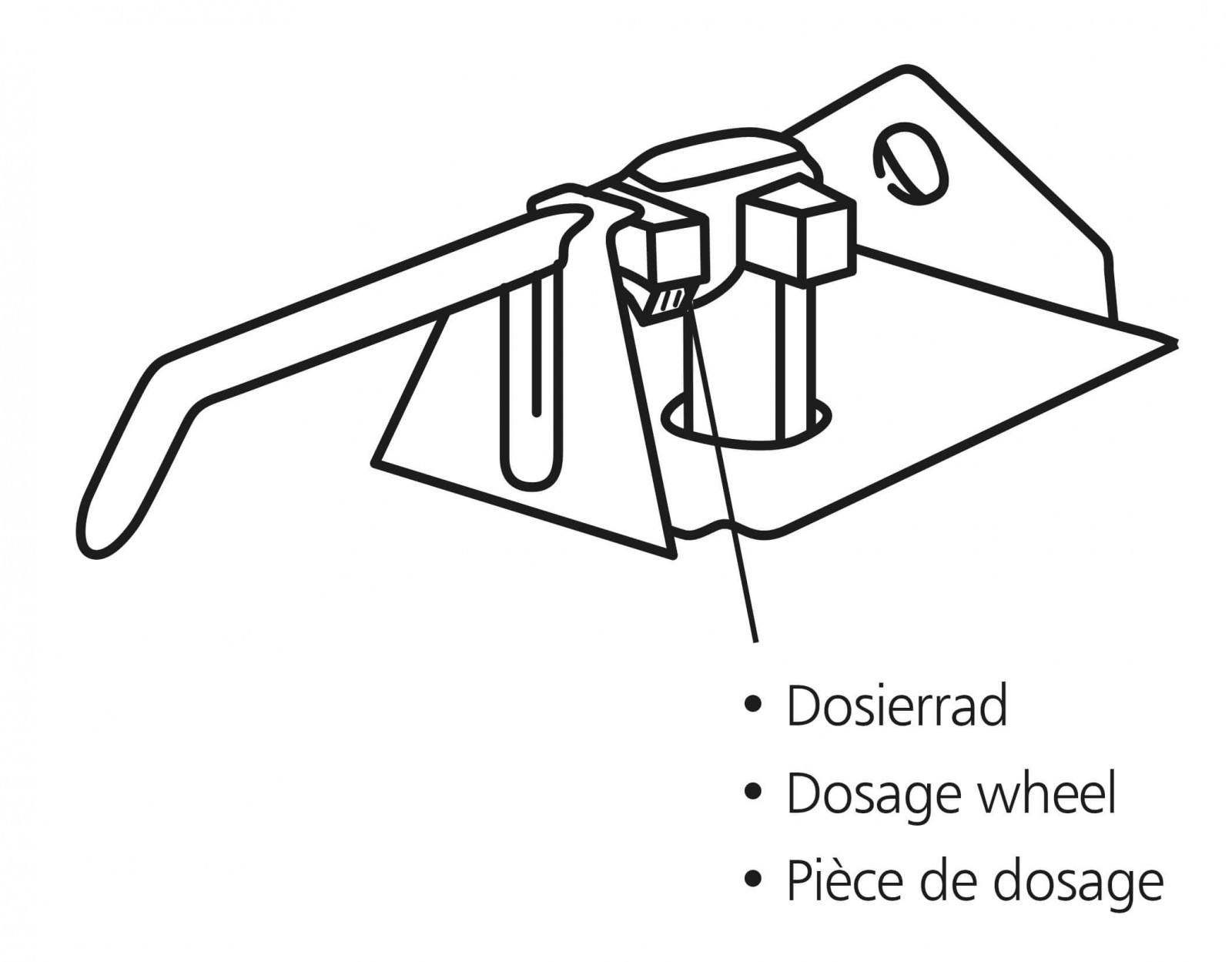
Automatic or manual dispenser system - which is the right one?
There is no right or wrong here - it depends on the area of application. Experience shows that craft businesses and industry often use manual dispenser systems. With manual dispensers, more liquid can be pumped more quickly by hand than is the case with an automatic dispenser.
Automatic dispenser systems are often used in entrance areas of administrative centres or office buildings. There, cleaning and disinfection processes should be as contactless as possible. Even in times of increased risk of infection, contactless dispenser removal is preferable to manual dispensing.
How are the dispenser systems attached to the wall?
The dispensers are generally very easy to mount on the wall. Many of the dispenser systems have a mounting plate. This is attached to the wall using the screws and plugs provided. The dispenser is then pushed onto the mounting plate from above.
Our plastic direct dispenser for washing pastes and liquid soaps is attached directly to the wall without a mounting plate.
Additional service for you: We are happy to take care of the installation of all dispenser systems at your premises. With the WERO installation service, you receive qualified installation and filling of your dispenser systems - without any drilling holes.
The correct cleaning of a dispenser system
After a certain period of use, it is advisable to clean the dispenser system - this cleaning should then be repeated at regular intervals. A general cycle cannot be defined here, as the degree of soiling depends on the intensity of use and the location of the dispenser, among other things.
Cleaning prevents the system from clogging and also serves to maintain hygiene. In our guide, we have put together step-by-step instructions on how to optimise the cleaning of a WERO dispenser system.
General prevention guideline for skin protection
The employer must ensure the hygienic and organisational conditions for the implementation of skin protection.
Dispenser systems for skin protection, skin cleansing and skin care products are user aids for hygienic but also dosed (and therefore economical) dispensing of the products.
The dispensers should be installed in the area of the individual washing points.
Extract from DGUV Information 212-017
"General prevention guideline for skin protection"
Paragraph 5 Provision and use of skin protection products

